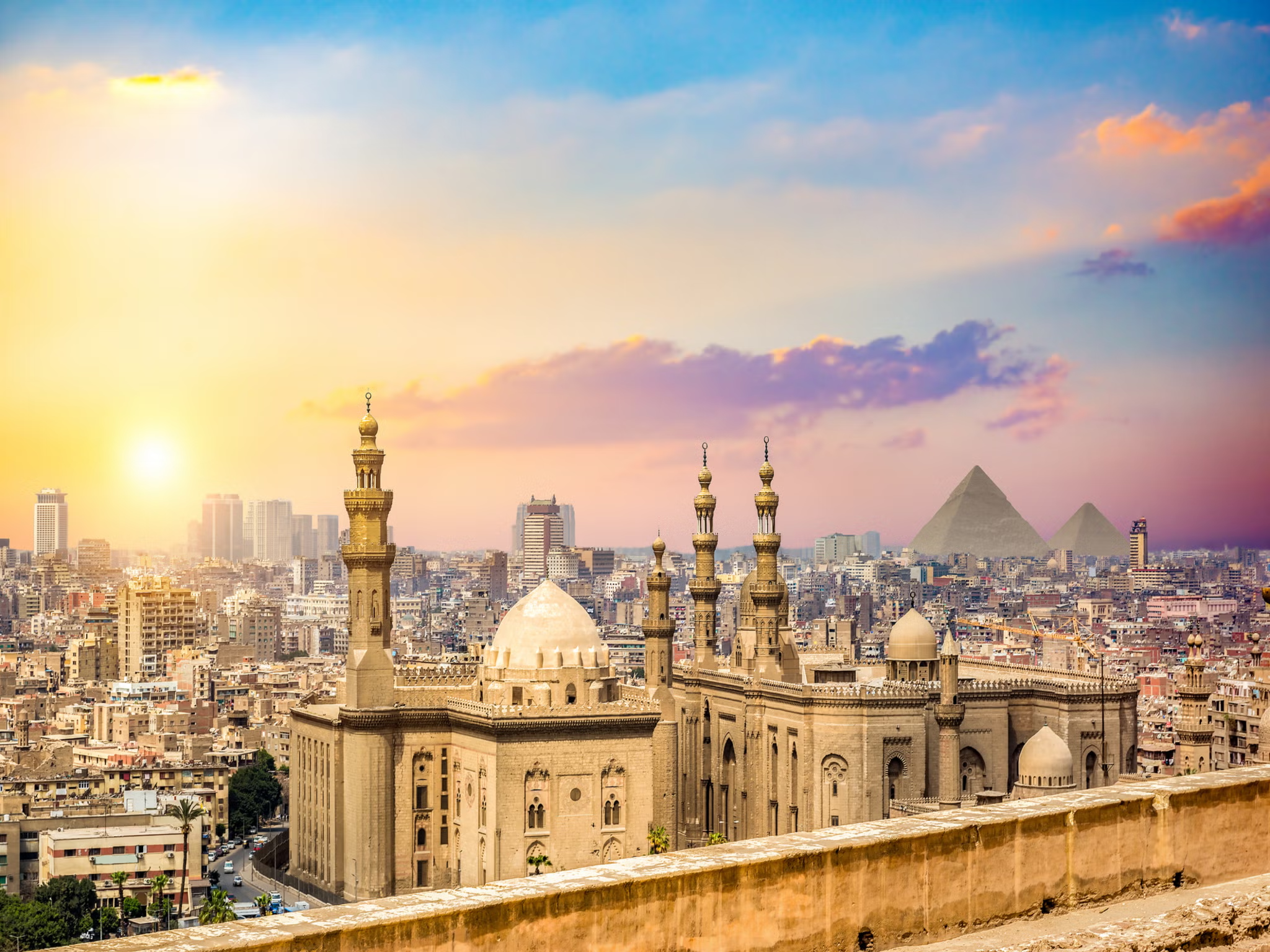Islamic Cairo, often referred to as Medieval Cairo, is a historic area within modern Cairo, Egypt. It’s known for its dense concentration of mosques, madrasas (Islamic schools), hammams (bathhouses), and caravanserais (inns) that date from the Islamic era of Egypt’s history.
20-111-53333-81
info@Blueheaventravel.com
- Home
- Column Services
- Columns
- Set 2
- Set 3
- Set 4
- About
- Our Services
- Contact
- Portfolio
- Gallery
- Team
- Price Table
- Maintenance
- Coming Soon
- 404 Page
- Tour List
- Tour Search
- Destinations
- Date & Pricing
- Blog





